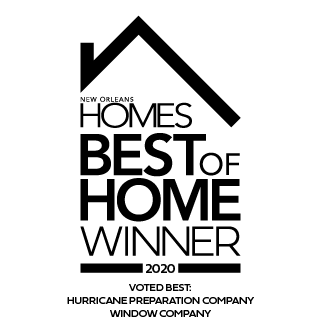ENERGY STAR™ – window program
A voluntary partnership between the U.S. Department of Energy (DOE) and the fenestration industry to promote sales of energy- efficient windows. The program establishes three climate regions with one recommended product designation for each region. All ENERGY STAR™ windows must be NFRC-rated, certified and labeled for both U-factor and solar heat gain coefficient.
Laminated glass
An insulated glass unit in which one internal piece of glass is covered (laminated) with an organic film. The film gives the glass an added degree of resistance to breakage.
Low-emissivity (low-e) coating
Microscopically thin, virtually invisible metal or metallic oxide layers deposited on a window glazing surface and sealed in an insulated glass unit to reduce the u-factor by suppressing radioactive heat-flow through the window.
Powder coating
Powder coating is a 100% solid coating. It is applied by an electrostatic process. Subsequently transformed by heating into a continuous film fused to the metal.
R-value
A measure of a product’s ability to resist the transfer of thermal energy. The inverse of U – factor (R=1/U), R-value is expressed in units of hr-sq. ft-1/4f/Btu. A high R-value window has grater resistance to heat-flow and a higher insulating value that one with a low R-value.
Solar Heat Gain Coefficient (SHGC)
The fraction of solar radiation transmitted through a window expressed as a percentage. The lower a window’s SHGC, the less solar heat it transmits and the greater its shading ability. SHGC can be expressed in terms of the glass alone or can refer to the entire window assembly. Generally, a lower SHGC is desirable in warm climates, and a higher SHGC is desirable in cold ones. SHGC has replaced shading coefficient (SC) as the standard indicator.
U-factor
The rate at which a window conducts non-solar heat flow. The lower the U-factor, the more energy-efficient the window.






